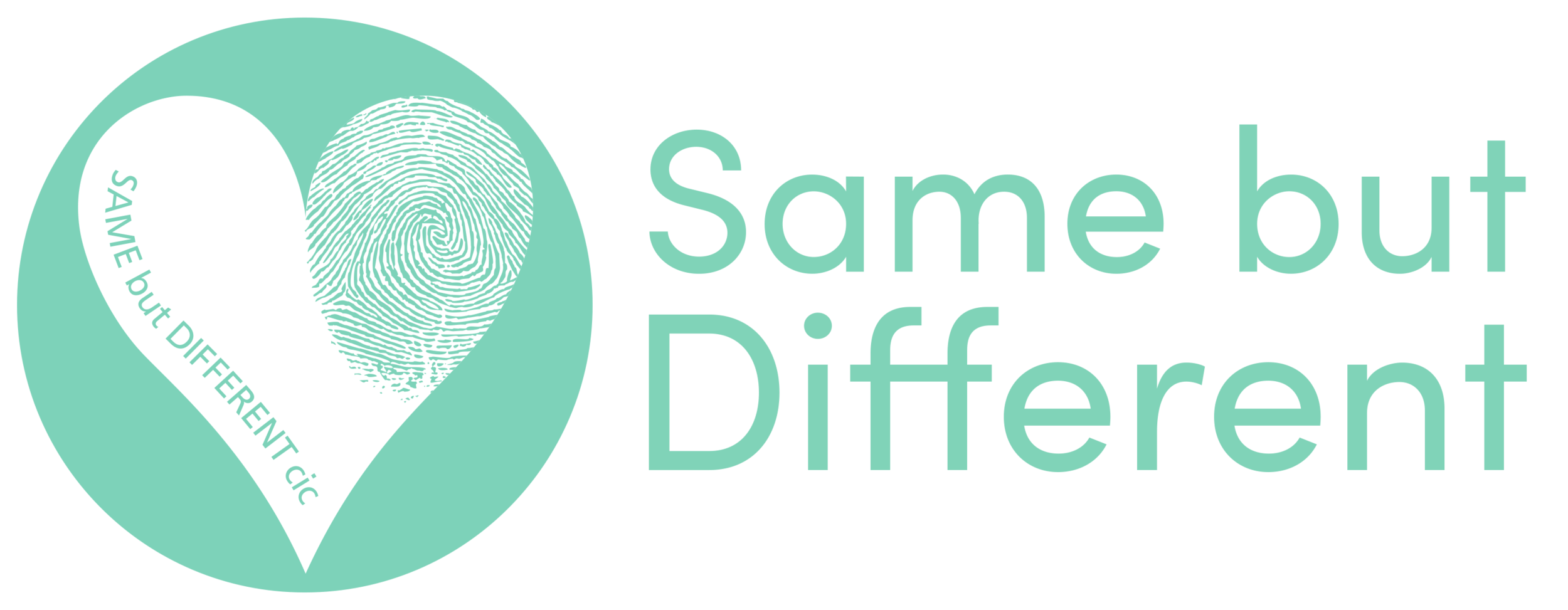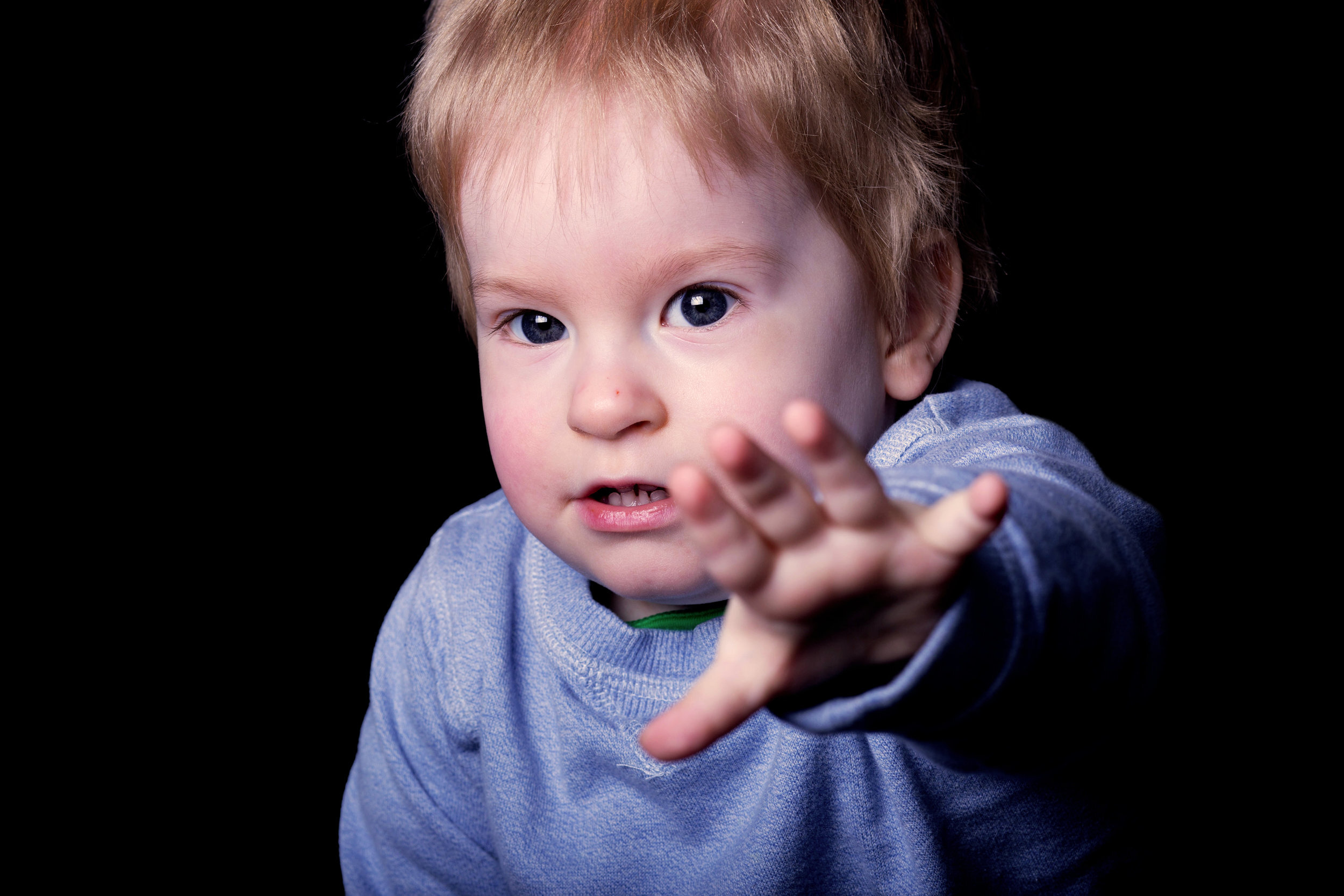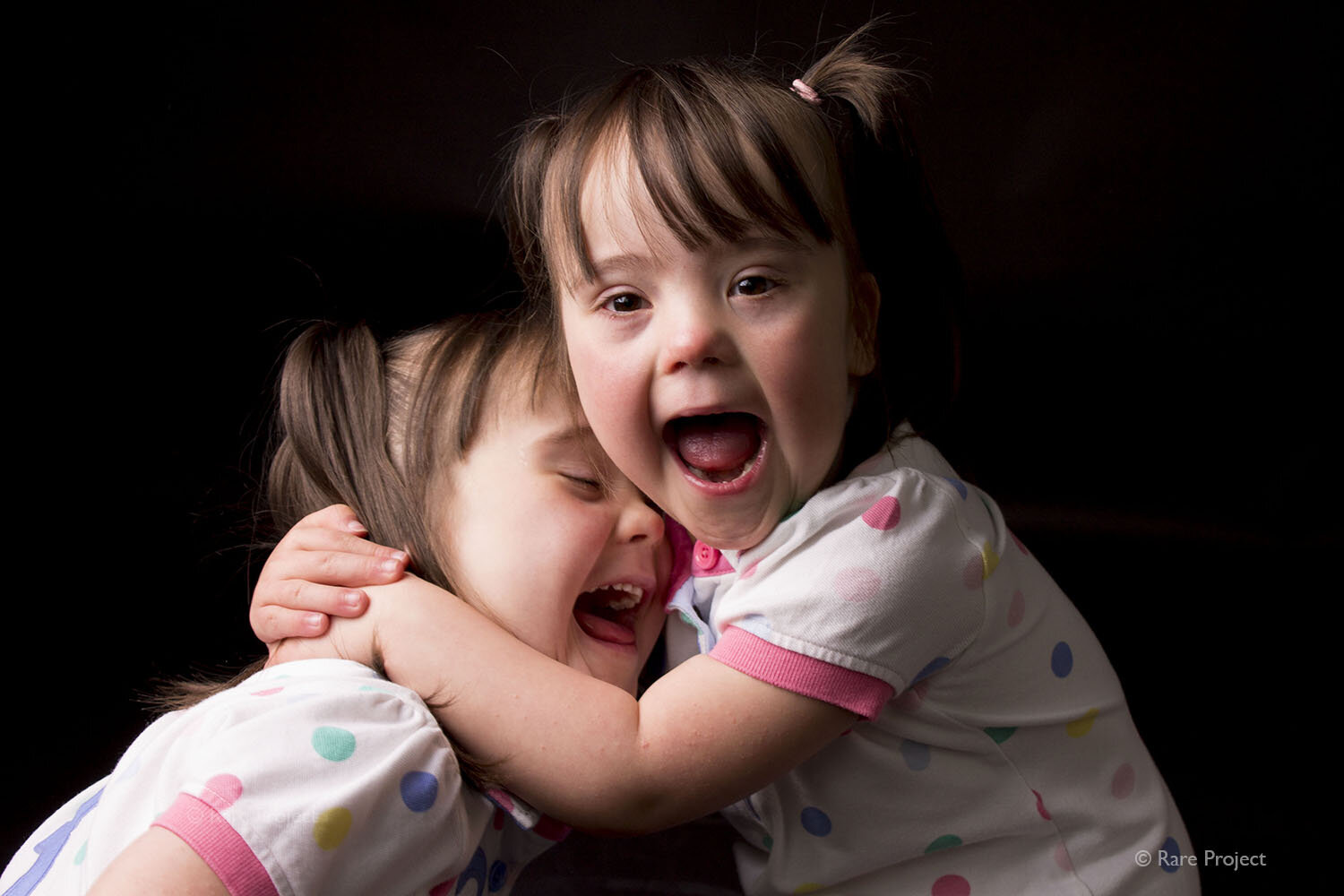PERCY
“Percy is a very sociable little boy who loves attention”.
“His two brothers are so close to him and he loves to spend time playing with them. His bubbly personality and bright smiles really makes sure he captures the hearts of anyone he meets.”
Percy and his family came to the studio to talk to us about their experience of rare disease.
“To be told that that there is nothing we can do to stop it is the hardest part.”
“Percy has Prader Willi syndrome and when we were given his diagnosis we were devastated but in some strange way a bit relieved as his diagnosis could have been so much worse. Prader Willi is a rare genetic condition that, amongst other issues, causes the person who has it to have a constant desire to eat. They are driven by a permanent and all consuming feeling of hunger and can easily lead to dangerous weight gain. People with this syndrome also can have restricted growth and low muscle tone.
There is currently no cure for Prader Willi and as with any condition it can affect people differently.
“As a family we live in hope that one day they find a way to control appetite and this constant hunger can be alleviated. We hope that by sharing our story through the Rare Project more people will be aware of conditions like Prader Willi and that they will not judge someone because they look or act differently”.
The family are having to make huge changes to their lifestyle to accommodate Percy's condition.
“Typical events like Christmas and Easter usually revolve around food and we have to change this as food will become such a huge issue for Percy. We are introducing gifts instead of easter eggs etc. We are having to make huge changes in the home too. All food is being moved to a special locked room outside the main part of the house. We will be installing surveillance equipment to make sure we are aware if Percy tires to leave the home in search of food - so driven will his desire for food be”.
“Percy will never live independently and will always need supervision. ”
When he is in school he will have to be monitored in case he tries to get hold of food and when he is older he will likely have to live in sheltered housing where access to food is closely controlled.
“To be told that you have a child with this condition is heart-breaking but to know that he may forever be in pain, pain through hunger, and that there is nothing we can do to stop it is the hardest part”.
FIND OUT MORE
In this short video, Percy’s mother describes her experience of his rare disease.
Prader Willi Syndrome
Prader-Willi syndrome (PWS) is a rare, complex genetic disorder that affects both males and females from birth and throughout their lives. It causes low muscle tone with consequent motor developmental delays, a mild to moderate learning difficulty, incomplete sexual development, and emotional and social immaturity, which can lead to challenging behaviours. During childhood, an overwhelming and insatiable chronic appetite usually develops which, without rigorous food management and exercise regimes, leads to food seeking, stealing and life threatening obesity. PWS occurs randomly in about 1:22,000 births and it is estimated that there are about 2,000 living with PWS in the UK.
To find out more about this condition, click here.
Prader Willi Syndrome Association UK
PWSA UK works with those living with PWS, their families and friends together with those supporting or working with people with PWS, to help them manage this complex syndrome. The services they provide include a telephone, email or Facebook hotline, an information hub on their website and a wide network of peer support groups.
To find out more about PWSA UK and how the can support you and your family, click here.
Source: https://www.pwsa.co.uk/services
Don't forget to visit and 'Like' our Facebook page too so we can keep you up to date with our new rare stories by clicking here














































































